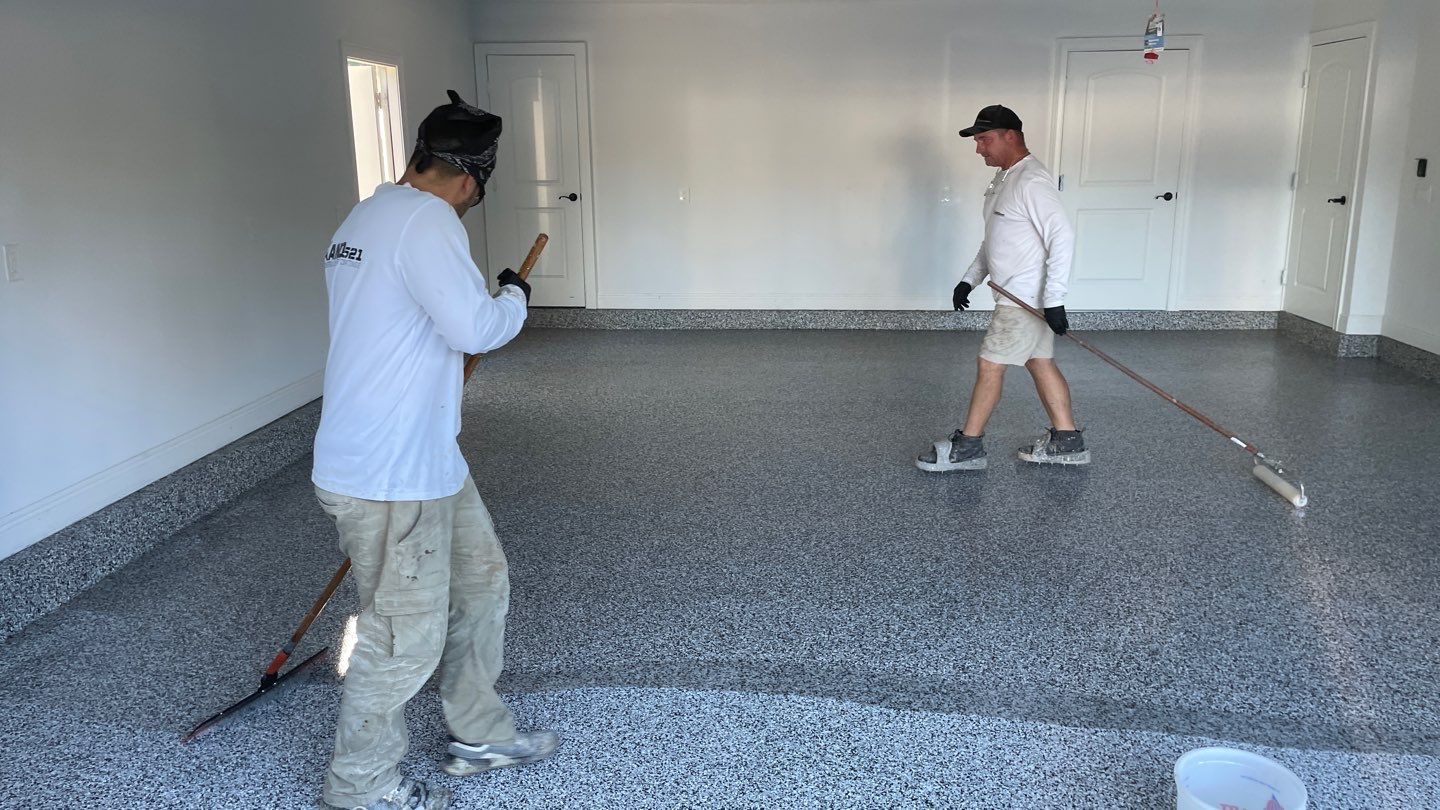Polyurea—a versatile and remarkable material—continues to captivate industries with its wide-ranging applications and ever-evolving innovations. One of the key aspects driving its transformative properties lies within its aromatic compositions. In this deep dive, we’ll explore the fascinating world of polyurea and its aromatic structures, unveiling the scientific marvels and practical implications they offer.
Understanding Polyurea: The Versatile Wonder
Polyurea stands tall as a synthetic polymer renowned for its exceptional durability, flexibility, and resistance to chemicals, abrasion, and weathering. Its formulation involves a reaction between an isocyanate component and a resin blend containing an amine functional group. This unique chemical reaction, known as step-growth polymerization, leads to the formation of a highly cross-linked structure—bestowing polyurea with its extraordinary properties.
The Aromatic Touch: A Core Component
At the heart of polyurea’s formulation are aromatic components. These aromatic structures refer to specific molecular arrangements that contain benzene rings, lending their distinct characteristics to the material. The inclusion of aromatic compounds in polyurea compositions contributes significantly to its mechanical strength, thermal stability, and chemical resistance.
Unlocking the Chemistry Behind Aromatic Compositions
Aromatic compounds, characterized by their cyclic, planar, and conjugated structures, serve as building blocks within polyurea chains. The incorporation of aromaticity not only reinforces the polymer’s strength but also enhances its resistance to degradation from UV radiation and harsh environmental conditions.
The utilization of aromatic diisocyanates, such as toluene diisocyanate (TDI) and diphenylmethane diisocyanate (MDI), alongside aromatic diamines like methylene dianiline (MDA), plays a pivotal role in tailoring the properties of polyurea. The introduction of these aromatic constituents influences the material’s hardness, flexibility, and overall performance characteristics.
Applications and Innovations
The versatility of aromatic polyurea compositions finds application across diverse industries. From protective coatings and linings in the automotive and construction sectors to waterproofing solutions, corrosion protection, and even in specialized fields like aerospace and healthcare, the adaptability of polyurea knows no bounds.
Moreover, ongoing research and innovation continue to push the boundaries of polyurea technology. Engineers and scientists are exploring novel aromatic compositions to engineer polyurea variants with enhanced properties, such as improved adhesion, faster curing times, and increased sustainability through bio-based sources.
Challenges and Future Prospects
While aromatic polyurea compositions offer a plethora of advantages, challenges persist, particularly concerning cost and environmental considerations associated with some aromatic compounds. Efforts to develop sustainable alternatives without compromising performance are underway, aiming to reduce dependency on petrochemical-derived constituents.
Looking ahead, the evolution of polyurea will likely witness a fusion of technological advancements and eco-conscious initiatives. Innovations in green chemistry, coupled with a deeper understanding of molecular structures, promise a future where aromatic compositions in polyurea strike a balance between performance, cost-effectiveness, and environmental impact.
The world of aromatic compositions in polyurea unveils a tapestry of scientific ingenuity and practical applications. From its foundational role in enhancing durability and resilience to its ongoing evolution towards sustainability, aromatic structures remain an integral part of the polyurea story. As research and development continue to chart new territories, the future holds the promise of even more groundbreaking innovations, solidifying polyurea’s position as a cornerstone material across multiple industries.
